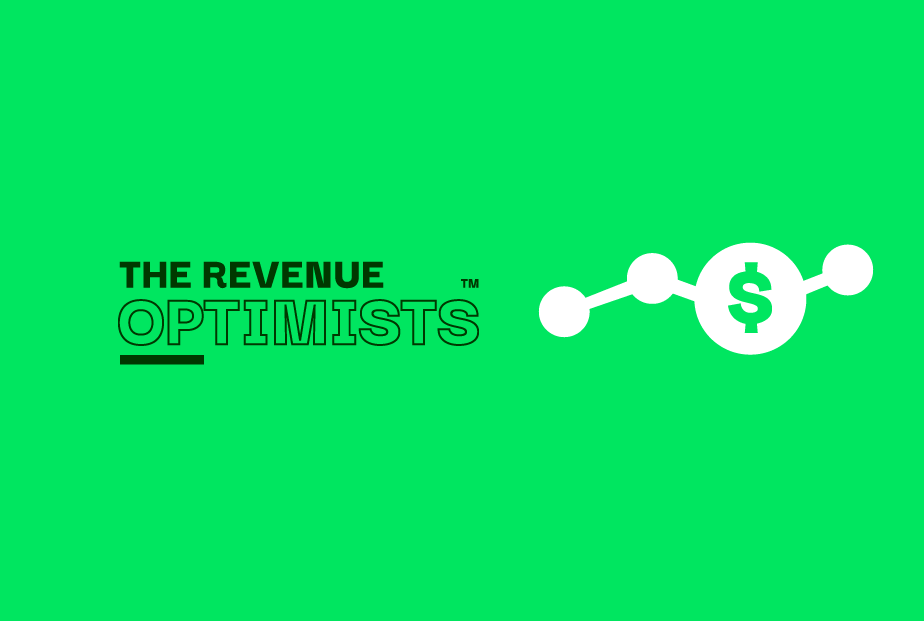Video Transcript
Dave: What do you think are the fundamentals of a good compensation plan? And what does that typically look like — and not talking individual dollars but percentages, how it’s approached, that kind of thing?
Rosalyn: Yeah, so when you think about designing the construct, you have to align on the philosophy, right? What is your compensation philosophy, because there’s gonna be a philosophy at the corporate level, from an HR perspective, but then there’s also a philosophy around the sales team and the go-to-market team, right?
What is it that, you know, how do we want to pay? We talk about the bell curves and things like that. And there are companies that I work for where we want everybody to hit quota, but not that many above quota, right? Or we want a certain percentage to be under plan. And so you model a lot of this out. But at the core of it is really, we think about your comp structure, you want to pay for performance.
We talk about that a lot but what does that really mean? That means you want to target and compensate and compensate individuals on what they can actually impact, right? And what you want to hold them accountable for.
So what is it, that if you know, if I’m an account executive, what is it that you want me to go do? Like what is that top thing? And a lot of times it’s go acquire net new logos, net new revenue, ARR. But whatever those key things are that one, you want me to be accountable for, but two, you want me to go do — because this is the behaviour that you want to incent. And then you want to pay and reward the person for achieving those, for going in and doing the right things. But you also want to design the plan to be around something that you can actually measure accurately and timely because timing is so important with compensation.
The closer you can pay, you know, to the actual act of earning and paying at the same time, as close as possible, is really important. But keep it simple! I think that’s the biggest mistake that people make is they overcomplicate the compensation structure, they try to put everything into the comp plan. It’s like oh, I want them to, you know, have CRM hygiene, I want them to keep their forecast updated, and they try to put those into the comp structure where they don’t belong there.
Want to learn more?
Ready to hear more from Rosalyn Santa Elana?
You can listen to her in-depth interview in Episode 16 of the Revenue Optimists series. We’ll see you there.


